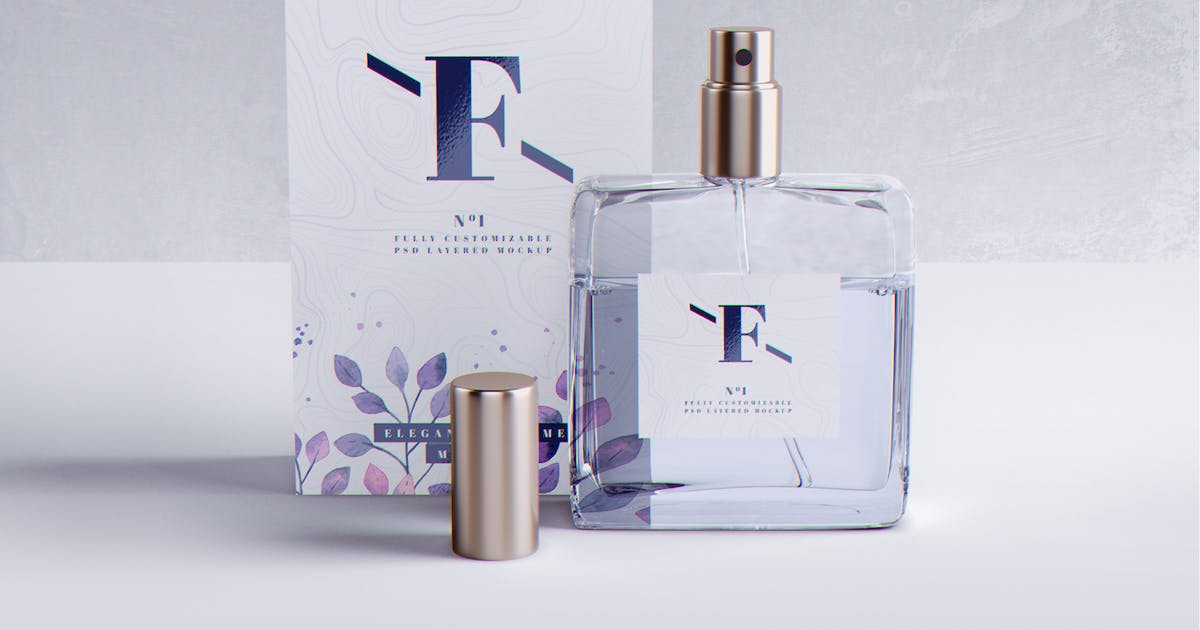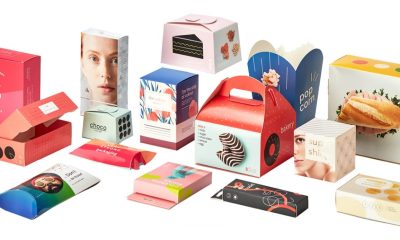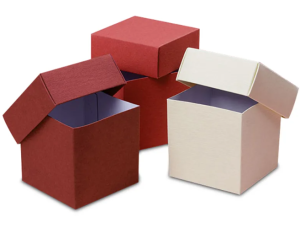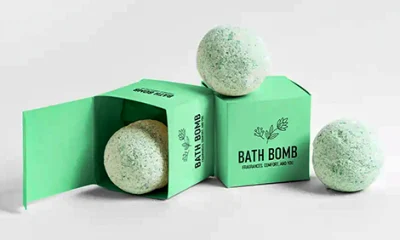Business
Breaking Traditions: Revolutionary Designs in Perfume Packaging
Published
7 months agoon
By
Merry Nick
Perfume, beyond its aromatic allure, has always been an embodiment of elegance and sophistication. However, in recent times, the focus has shifted to the liquid within the bottle and the external packaging. This shift has led to a revolution in perfume packaging design, breaking conventional norms and ushering in a new era of creativity and innovation.
The Rise of Minimalism
Traditionally, perfume packaging was synonymous with ornate designs, intricate patterns, and elaborate detailing. However, the modern era has witnessed a significant shift towards minimalism. Brands embrace simplicity with clean lines, subtle colors, and understated elegance. This departure from the opulent past creates a more contemporary and timeless aesthetic.
In this minimalist approach, packaging often features sleek and simple structures, allowing the fragrance to take center stage. Brands recognize the impact of simplicity, creating an immediate visual appeal and resonating with consumers seeking a more refined and uncluttered experience.
Sustainable Solutions
With environmental consciousness on the rise, the perfume industry is responding by adopting sustainable packaging solutions. Brands are steering away from excessive use of plastic and opting for eco-friendly materials. Recyclable paper, biodegradable plastics, and reusable packaging are becoming staples, reflecting a commitment to reducing the industry’s environmental footprint.
Sustainable packaging practices include:
- Use of recycled materials
- Biodegradable packaging
- Refillable perfume bottles
Innovative Shapes and Structures
Breaking away from the traditional rectangular or cylindrical perfume bottles, designers are exploring unconventional shapes and structures. Geometric designs, asymmetrical forms, and even sculptural elements are incorporated to add uniqueness. This departure from the norm catches the eye and enhances the overall brand identity.
Examples of innovative structures:
- Triangular perfume bottles
- Spherical packaging
- Abstract and artistic shapes
Interactive Packaging Experiences
To engage consumers on a deeper level, brands are incorporating interactive elements into their perfume packaging. This goes beyond the tactile feel of the packaging to include augmented reality (AR) experiences, scented touchpoints, and even sound elements that complement the fragrance.
Interactive elements in packaging:
- AR-enabled packaging for virtual experiences
- Scented packaging that enhances the olfactory journey
- Packaging with integrated speakers for a multisensory experience
Personalization Trends
Consumers today crave a sense of exclusivity and personal connection with the products they purchase. Perfume brands are leveraging this desire by offering personalized packaging options. Customizable labels, engraved bottles, and even the ability to mix and match fragrances are becoming popular for consumers seeking a unique and tailored experience.
Personalization options include:
- Engraved initials or messages on the bottle
- Customizable labels with unique designs
- Perfume blending kits for a personalized fragrance
Cultural Fusion in Design
As the world becomes more interconnected, brands are drawing inspiration from diverse cultures to create packaging that tells a story. Cultural motifs, symbols, and traditional art forms are finding their way onto perfume packaging, creating a fusion of heritage and modernity. This not only adds depth to the design but also resonates with consumers on a global scale.
Cultural influences in packaging:
- Traditional patterns and symbols
- Iconic artworks from different cultures
- Collaborations with artists from diverse backgrounds
Emphasis on Eco-Friendly Materials
As sustainability takes center stage, the emphasis on eco-friendly materials in perfume packaging is more pronounced than ever. Brands opt for materials that are not only recyclable but also require fewer resources in their production. This shift aligns with consumers’ growing awareness and concern for the environment.
Eco-friendly materials include:
- Recycled glass for perfume bottles
- Biodegradable or compostable packaging materials
- Plant-based inks for printing on packaging
Transparency and Visibility
In a departure from the mysterious allure often associated with perfume, some brands opt for transparent packaging that allows consumers to see the liquid within. This move towards transparency not only aligns with the trend of openness and honesty but also serves to showcase the color and clarity of the fragrance.
Transparent packaging features:
- Clear glass or plastic bottles
- Minimal labeling to allow for maximum visibility
- Showcase of the natural color of the perfume
In the ever-evolving landscape of perfume packaging design, these revolutionary trends are reshaping the industry, offering consumers a diverse range of options beyond traditional notions of beauty and luxury. Whether it’s the eco-conscious consumer seeking sustainable choices or the art enthusiast appreciating innovative structures, the world of perfume packaging is undergoing a transformation that reflects the values and preferences of contemporary society.
Storytelling through Design
Beyond being a mere vessel for fragrance, modern perfume packaging serves as a canvas for storytelling. Brands are weaving narratives into their designs, creating a connection between the consumer and the essence of the fragrance. This approach transforms perfume packaging into more than just a functional item; it becomes a piece of art that communicates the brand’s identity and the inspiration behind each scent.
Elements of storytelling in design:
- Illustrations depicting the fragrance journey
- Inclusion of narrative snippets on the packaging
- Collaborations with writers or poets for exclusive packaging designs
Conclusion
The evolution of perfume packaging is a testament to the dynamic nature of the beauty and fragrance industry. From embracing minimalism and sustainability to exploring innovative shapes and structures, brands challenge traditional norms and redefine the aesthetics of perfume presentation.
As consumers become more discerning and environmentally conscious, the shift towards sustainable practices and eco-friendly materials is not just a trend but a fundamental change in the industry. The fusion of cultural influences adds a layer of diversity and inclusivity, acknowledging the global nature of modern markets.

Navigating Sri Lanka’s Visa Process: Understanding the Visa Eligibility Checker Tool

Understanding Sri Lankan Visa Requirements for French and Belgian Citizens

Navigating Sri Lankan Visa Requirements: A Guide for New Zealand Citizens and the Convenience of Online Applications

Exploring Sri Lanka: Visa Requirements for Danish and Canadian Citizens

Navigating Visa Requirements: Sri Lanka Transit Visa and Visa for Australian Citizens

How To Level Up Sign Language Competency

VIETNAM VISA ELIGIBILITY

Your Comprehensive Guide to Canada Tourist Visa

HOW TO GET CAMBODIA VISA FOR INDIAN CITIZENS

Indian Visa Application: A Step-by-Step Guide for Travelers

Navigating Sri Lanka’s Visa Process: Understanding the Visa Eligibility Checker Tool

Understanding Sri Lankan Visa Requirements for French and Belgian Citizens

Navigating Sri Lankan Visa Requirements: A Guide for New Zealand Citizens and the Convenience of Online Applications

Exploring Sri Lanka: Visa Requirements for Danish and Canadian Citizens







